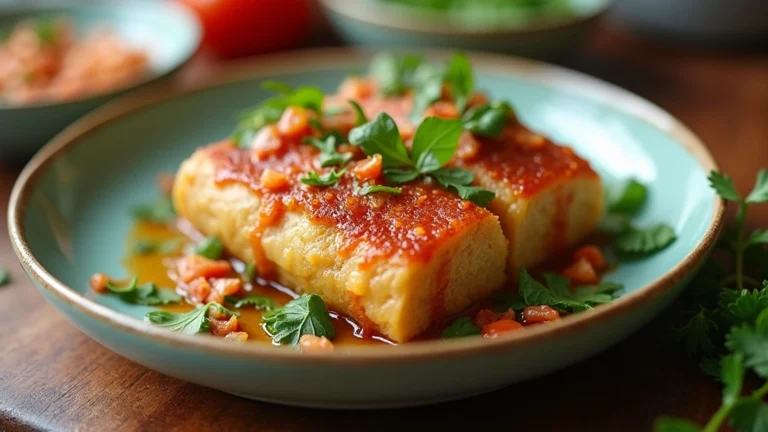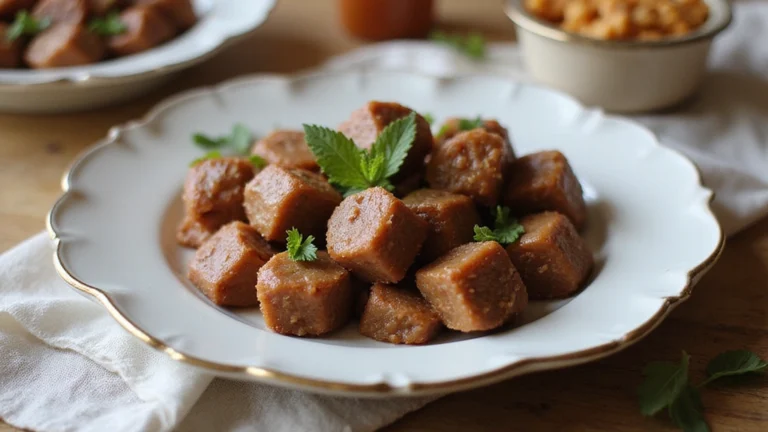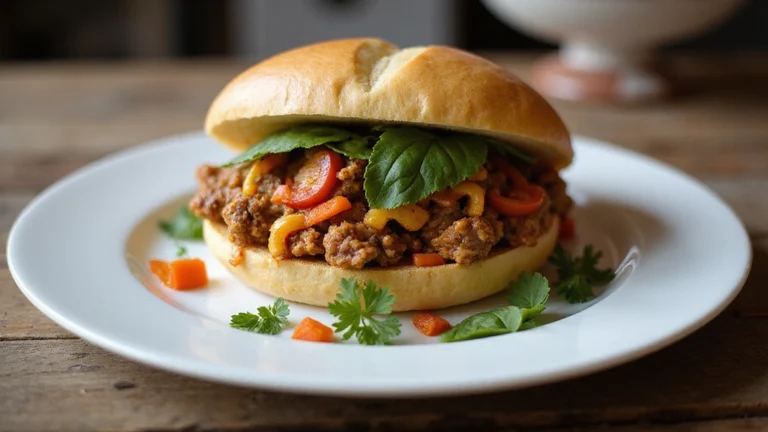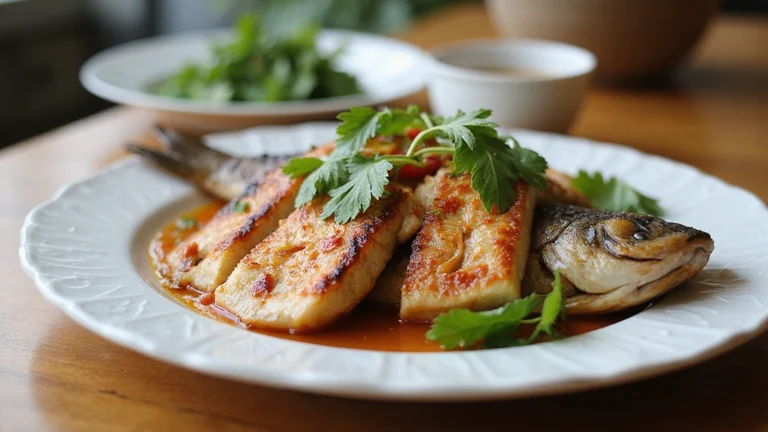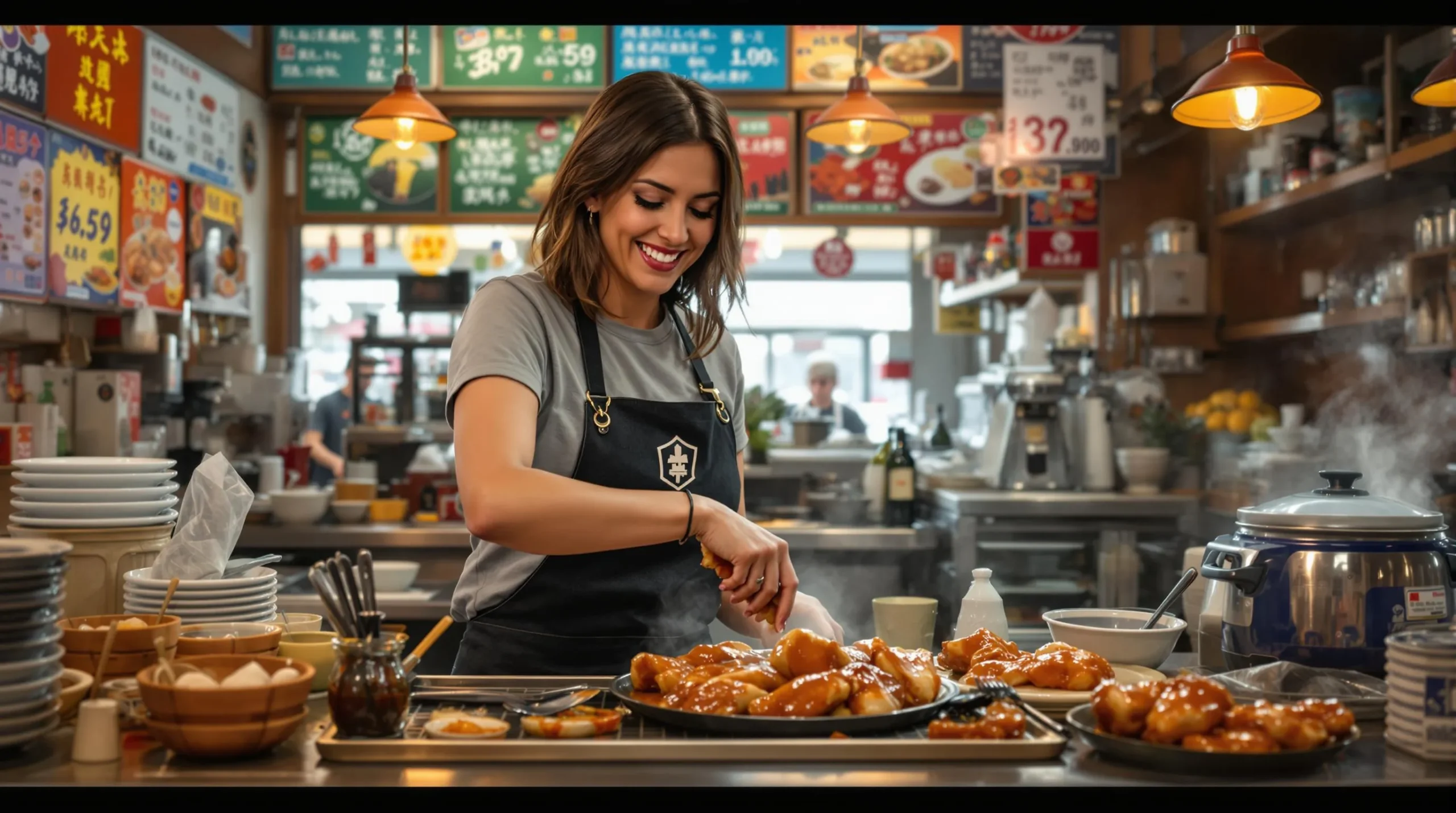
What Makes Seattle Chicken Teriyaki Special
Seattle teriyaki stands apart from other teriyaki styles with its distinctive characteristics that have earned it cult status in the Pacific Northwest. The sauce features a perfect balance of sweetness and saltiness with a thicker consistency that clings beautifully to the chicken. Unlike traditional Japanese versions, Seattle teriyaki sauce incorporates more sugar and often includes additional ingredients like ginger, garlic, and sometimes pineapple juice for extra depth of flavor.
The cooking method contributes significantly to its unique appeal. Chicken thighs are preferred over breast meat because they remain juicy and tender throughout the grilling process. The meat is typically marinated overnight, allowing the flavors to penetrate deeply before being charbroiled to create that signature caramelized exterior while maintaining a succulent interior.
Portion size is another hallmark of Seattle teriyaki. These establishments serve generous plates that typically include the glazed chicken alongside white rice and a simple green salad with a tangy dressing. This complete meal approach has made teriyaki an affordable, filling option for everyone from construction workers to college students.
The accessibility factor cannot be overlooked when discussing Seattle’s teriyaki phenomenon. Local teriyaki shops prioritize speed and value, offering substantial meals at reasonable prices. Many establishments are family-owned businesses, each with slight variations on their signature sauce recipes guarded as precious family secrets.
Seattle’s weather might even play a role in teriyaki’s popularity. The warm, comforting qualities of this dish pair perfectly with the city’s notorious rainy days, providing a satisfying meal that brings brightness to gray afternoons. When the sun does emerge, locals celebrate by enjoying teriyaki at outdoor picnic tables or parks across the city.
Key Ingredients for Authentic Seattle Teriyaki
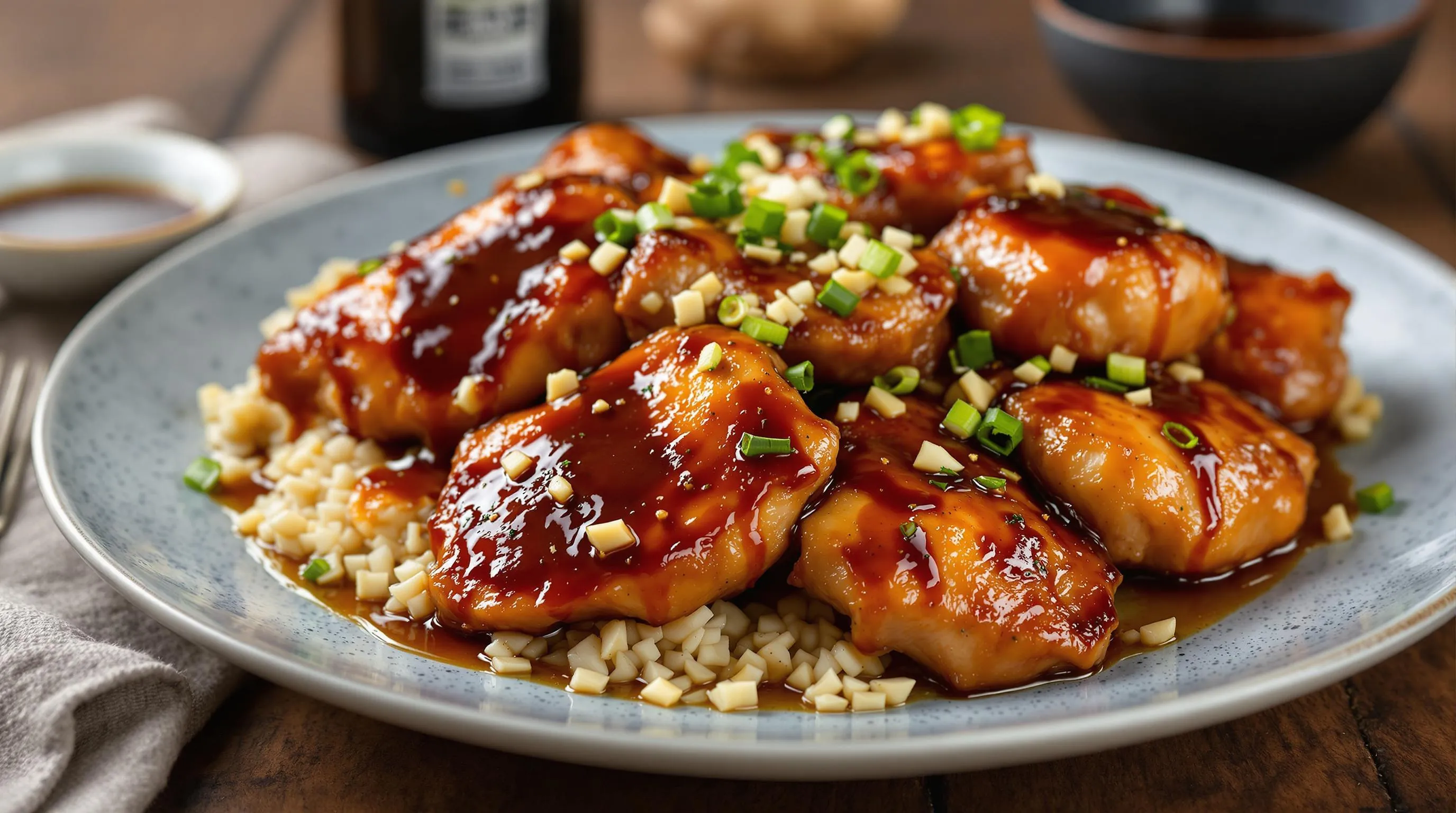
Creating authentic Seattle chicken teriyaki at home requires exact ingredients that deliver its characteristic sweet-savory flavor profile. The right combination of sauce components and proper chicken selection will help you achieve that signature Seattle taste.
The Perfect Teriyaki Sauce
The heart of Seattle-style teriyaki lies in its distinctive sauce, which is notably sweeter and thicker than traditional Japanese versions. You’ll need low-sodium soy sauce as your base to provide saltiness without overwhelming the dish. Brown or granulated sugar contributes the essential sweetness that Seattle teriyaki is famous for. Mirin, a sweet Japanese rice wine, adds depth while balancing the salty components.
Fresh aromatics make Seattle teriyaki truly special – minced garlic and ginger provide sharp, vibrant flavors that cut through the sweetness. A splash of lemon juice or sake introduces necessary acidity that brightens the entire sauce profile. For an authentic experience, marinate your chicken in this mixture for at least one hour, though 24 hours will deliver maximum flavor penetration.
After cooking your chicken, don’t discard the marinade. Instead, transform it into a glossy finishing sauce by thickening it with cornstarch. This creates that signature thick, clingy texture that coats each piece of chicken perfectly. The prominence of ginger and garlic notes differentiates Seattle teriyaki from other regional variations.
Choosing the Right Chicken
Seattle teriyaki traditionally features boneless, skinless chicken thighs. These are preferred by most authentic establishments for good reason – thighs deliver superior juiciness and richer flavor that stands up beautifully to the bold teriyaki sauce. The higher fat content in thighs helps prevent the meat from drying out during cooking and contributes to that melt-in-your-mouth tenderness.
Chicken breasts can be substituted if you prefer white meat, though you’ll need to adjust your cooking time slightly to ensure they remain moist. Some traditional Seattle teriyaki shops occasionally use skin-on thighs for added richness and flavor, but boneless skinless thighs offer the most approachable and consistent results for home cooks.
For optimal texture, slice your cooked chicken against the grain before tossing it in the thickened sauce. This cutting technique ensures each bite remains tender rather than stringy. Seattle teriyaki should feature chicken that’s thoroughly cooked with slightly caramelized edges, creating a delightful contrast with the sweet, glossy sauce coating.
Equipment Needed
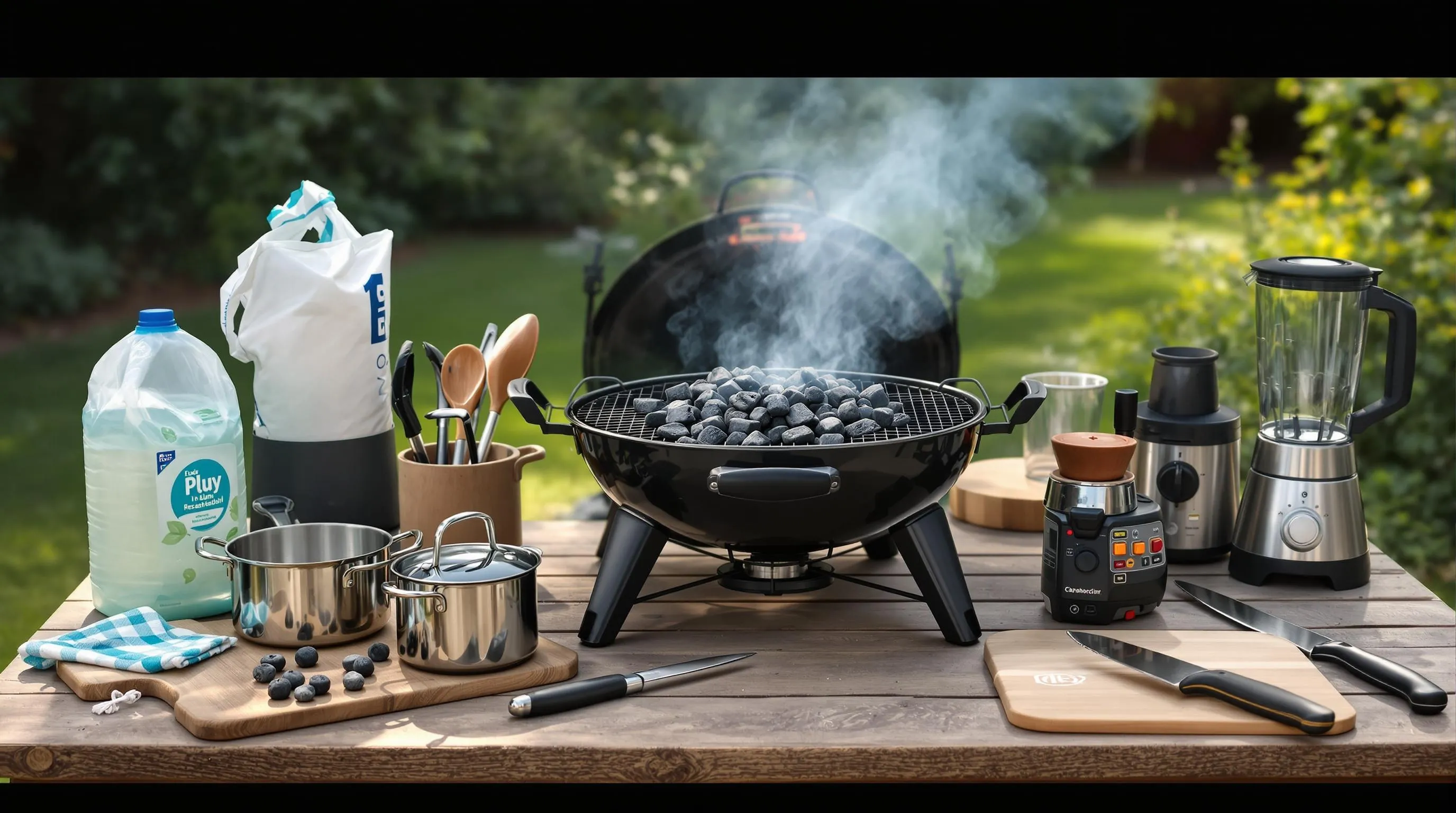
To recreate authentic Seattle chicken teriyaki at home, you’ll need several key pieces of equipment that help achieve that signature caramelized exterior and juicy interior. Each tool plays an important role in the preparation process:
- Grill – Either charcoal or gas works perfectly. The grill provides that essential char and smoky flavor characteristic of Seattle teriyaki shops.
- 1-gallon resealable plastic bag – This makes marinating the chicken convenient and ensures even coating of the marinade on all pieces.
- Small saucepan – You’ll use this to prepare the teriyaki sauce, dissolving sugar into soy sauce and mirin.
- Blender – Essential for creating a smooth marinade by incorporating fresh ginger and garlic into the sauce base.
- Cooking grate or grill rack – Ensures proper heat distribution and those classic grill marks.
- Tongs or spatula – For safely flipping and handling the chicken while it cooks without piercing the meat and losing juices.
- Cutting board – A sturdy surface for slicing the grilled chicken before serving.
- Sharp knife – Needed for both preparation work and slicing the finished chicken against the grain.
Most Seattle teriyaki shop owners consider their grill to be the most important piece of equipment. The high heat from a properly maintained grill creates that distinctive caramelization that defines Seattle-style teriyaki. While specialized equipment isn’t necessary, these basic tools will help you achieve restaurant-quality results at home.
Preparing the Teriyaki Marinade
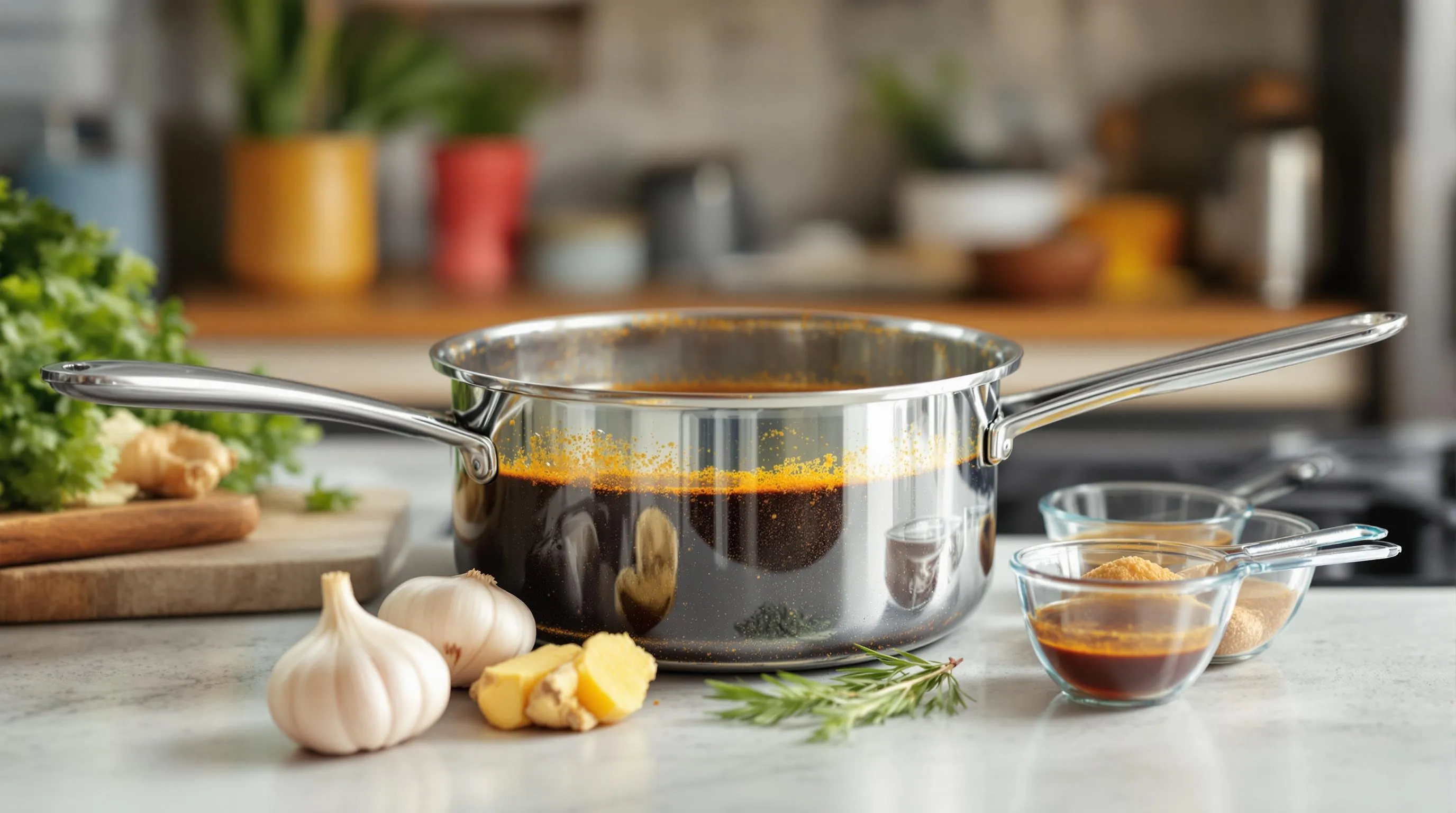
The soul of Seattle chicken teriyaki lies in its distinctive marinade—a perfect balance of salty, sweet, and savory elements with punchy notes of garlic and ginger. Creating this signature sauce at home is surprisingly straightforward when you have the right ingredients and technique.
Start by gathering all your marinade components:
- 1 cup soy sauce (preferably low-sodium)
- ⅓ cup mirin (Japanese sweet rice wine)
- ⅓ cup brown sugar
- 4 cloves garlic, minced
- 1-2 tablespoons fresh ginger, minced finely
Pour the soy sauce into a medium saucepan and add the mirin. Sprinkle in the brown sugar and stir to combine. Add your minced garlic and ginger, which provide the aromatic foundation that distinguishes Seattle-style teriyaki from other variations.
Place the saucepan over medium-high heat and bring the mixture to a gentle boil, stirring occasionally to ensure the sugar dissolves completely. The aroma will become increasingly fragrant as the garlic and ginger release their essential oils into the sauce.
Allow the sauce to boil for about 1 minute, then remove it from heat and let it cool completely. Cooling is crucial as it prevents the hot marinade from partially cooking the chicken when applied.
Once cooled, divide your teriyaki sauce into two equal portions. Reserve half for later use as your serving sauce, and use the remaining half for marinating your chicken. This separation prevents cross-contamination while ensuring you have plenty of fresh sauce for drizzling over your finished dish.
For an authentic thicker glaze to finish your dish, you can enhance the reserved portion later by adding a slurry of 1 tablespoon cornstarch mixed with 1½ tablespoons water. This step creates that signature clingy sauce that Seattle teriyaki shops are famous for.
The marinade’s magic comes from its overnight resting period—local Seattle teriyaki masters insist this extended marination time allows the flavors to fully penetrate the meat, resulting in that distinctive taste that keeps customers returning to their neighborhood shops.
Marinating the Chicken
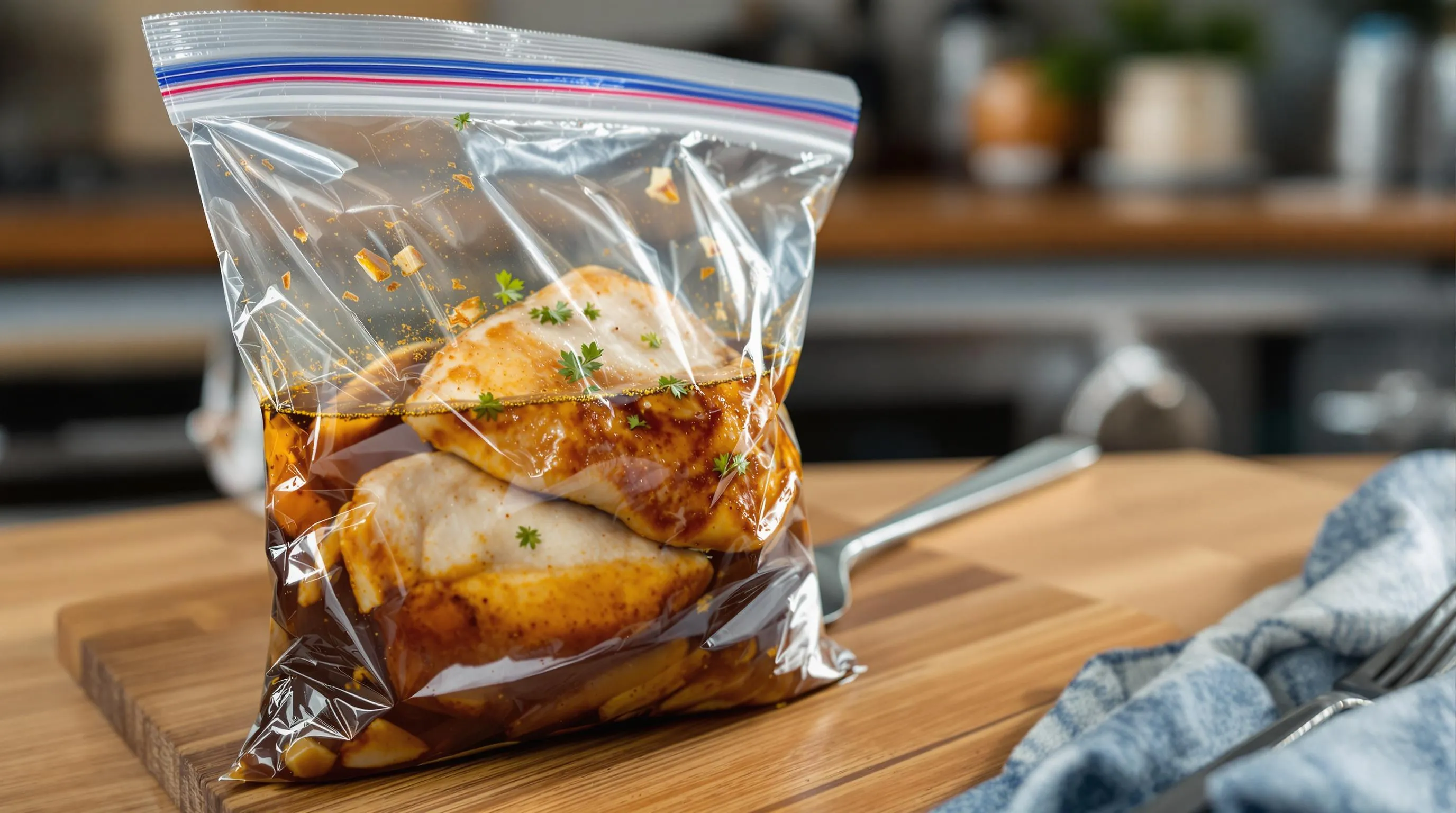
Proper marination is the cornerstone of authentic Seattle chicken teriyaki, transforming ordinary chicken into a flavor-packed delight. Begin by placing your boneless skinless chicken thighs in a gallon-sized resealable bag or a shallow glass container. Pour the prepared teriyaki marinade over the chicken, ensuring each piece is completely submerged in the sauce. Press out any excess air if using a bag and seal it tightly.
Turn the chicken several times to coat each piece evenly with the marinade. The soy sauce penetrates the meat while the brown sugar helps create that characteristic caramelization when cooked. Ginger and garlic infuse the chicken with their aromatic qualities, developing the distinctive Seattle teriyaki profile that locals crave.
Refrigerate the marinating chicken for at least 1 hour, though overnight marination (up to 24 hours) yields significantly better results. The extended marination time allows the flavors to fully penetrate the meat rather than merely coating the surface. This deep flavor infusion is what distinguishes Seattle-style teriyaki from other variations that rely on repetitive basting during cooking.
For maximum flavor development, turn the chicken occasionally during the marination period. This ensures each piece receives equal exposure to the marinade components. The acids in the marinade work to tenderize the meat while the sugars and aromatics impart their rich flavors.
Remember to reserve a portion of the marinade before adding raw chicken if you plan to use it as a finishing sauce later. This separated portion can be thickened with a cornstarch slurry (1 tablespoon cornstarch mixed with 1 tablespoon water) and boiled briefly to create that signature glossy glaze that Seattle teriyaki shops are famous for.
Allow the chicken to come to room temperature for about 20 minutes before cooking. This promotes even cooking and helps achieve that perfect balance between a caramelized exterior and juicy interior that makes Seattle teriyaki so irresistible.
Cooking Seattle-Style Teriyaki Chicken
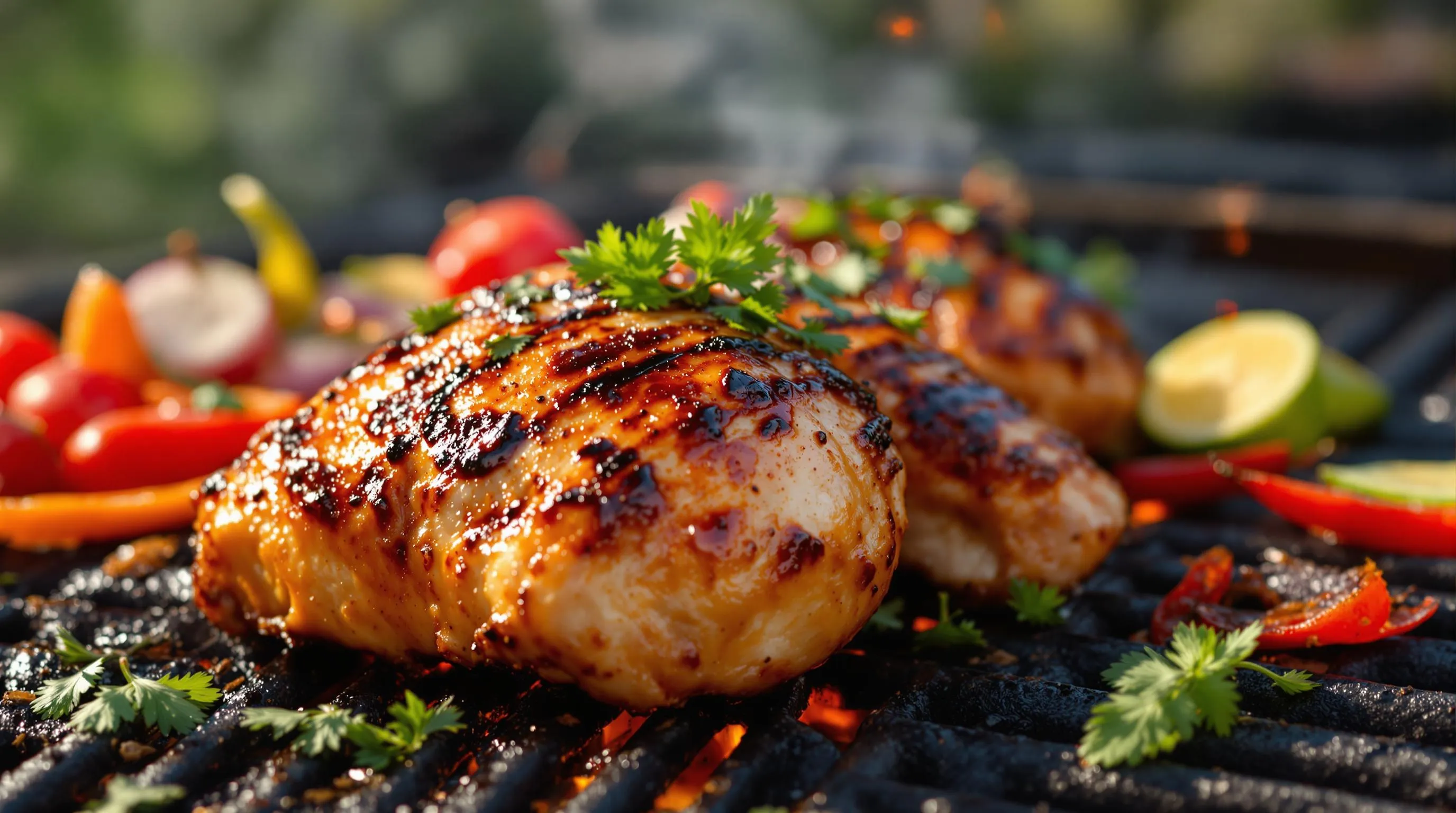
Now that your chicken has been properly marinated, it’s time to cook it to perfection. Seattle-style teriyaki chicken is known for its caramelized exterior and juicy interior, which can be achieved through several different cooking methods.
Grilling Method
Grilling delivers that authentic charred flavor that Seattle teriyaki shops are famous for. Begin by removing your marinated chicken thighs from the refrigerator about 30 minutes before cooking to bring them to room temperature. Heat your grill to medium-high heat and oil the grates to prevent sticking. Place the chicken on the hot grill and cook for 6-7 minutes per side until the internal temperature reaches about 165°F. During the last few minutes of cooking, brush the chicken with additional teriyaki sauce to create a glossy, caramelized coating. For an extra boost of caramelization, finish the chicken under a broiler for 3-4 minutes per side. Allow the chicken to rest for 5 minutes before slicing against the grain to ensure maximum juiciness.
Stovetop Method
The stovetop method provides excellent results when grilling isn’t an option. Heat a cast-iron skillet or heavy-bottomed pan over medium-high heat until very hot. Add a small amount of oil with a high smoke point such as vegetable or canola oil. Place your marinated chicken in the pan, being careful not to overcrowd. Cook the chicken undisturbed for about 6-7 minutes until deeply browned, then flip and cook the other side. Brush with additional teriyaki sauce during the final minutes of cooking to create that signature sticky glaze. For the authentic Seattle touch, you can transfer the pan to the broiler for 2-3 minutes to further caramelize the sauce. Let the chicken rest before slicing to retain its juices.
Oven-Baked Method
The oven-baked method offers a convenient way to prepare Seattle teriyaki chicken, especially when cooking for a crowd. Preheat your oven to 400°F and line a baking sheet with parchment paper or foil for easy cleanup. Arrange your marinated chicken pieces on the sheet, leaving space between each piece. For a complete meal, surround the chicken with vegetables like broccoli, bell peppers, and onions tossed in a bit of oil and salt. Bake for 20-22 minutes until the chicken reaches an internal temperature of 150°F. While the chicken bakes, simmer your reserved marinade in a small saucepan with a cornstarch slurry (1 tablespoon cornstarch mixed with 2 tablespoons water) until thickened. Brush the chicken with this thickened sauce, then broil for 2-3 minutes to achieve those signature charred spots that make Seattle teriyaki so irresistible. Let the chicken rest briefly before slicing and serving over steamed short grain rice.
Making the Signature Teriyaki Glaze
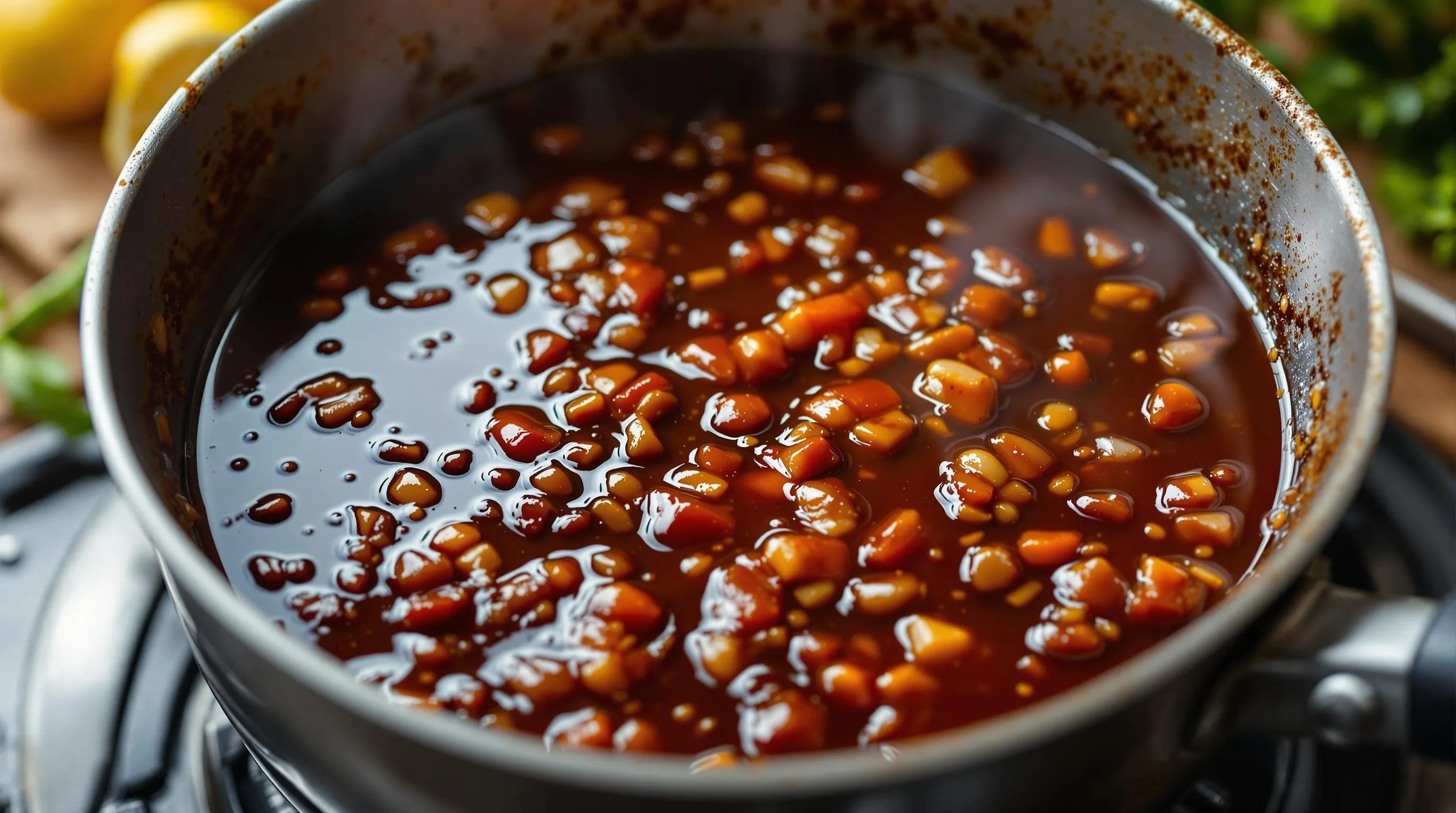
The heart of Seattle-style teriyaki lies in its distinctive glaze that perfectly balances sweet and savory flavors with a glossy finish. This signature sauce differs from traditional Japanese teriyaki by incorporating additional ingredients that give it that unmistakable Pacific Northwest character.
To create an authentic Seattle teriyaki glaze you’ll need to gather these essential ingredients:
- 1 cup low-sodium soy sauce
- ½ cup granulated sugar or brown sugar
- ¼ cup mirin (Japanese rice wine)
- 3 cloves garlic (minced)
- 1 tablespoon fresh ginger (grated)
- 2 tablespoons lemon juice or pineapple juice
- 1 tablespoon cornstarch (mixed with 2 tablespoons water)
Begin by combining soy sauce sugar mirin garlic ginger and your chosen juice in a saucepan over medium heat. Stir the mixture frequently until the sugar completely dissolves which typically takes about 3-5 minutes. Allow the sauce to simmer gently for another 5 minutes so the flavors meld together properly.
The thickening process transforms this flavorful liquid into the signature glaze that Seattle teriyaki is known for. Whisk your cornstarch slurry into the simmering sauce and continue cooking for 5-7 minutes until it reaches a syrupy consistency that coats the back of a spoon. The sauce should be noticeably thicker than when you started but still pourable.
Seattle teriyaki shops often make their sauce in large batches allowing the flavors to develop over time. Your homemade version benefits from the same principle – the glaze can be prepared up to three days in advance and stored in an airtight container in the refrigerator allowing the garlic and ginger flavors to intensify.
The versatility of this glaze extends beyond chicken. Many Seattle teriyaki enthusiasts use it for beef pork salmon or even vegetable dishes. The key characteristic that distinguishes Seattle-style teriyaki is its perfect balance of sweetness from sugar and fruit juice with the umami depth of soy sauce enhanced by aromatic garlic and ginger.
For an extra authentic touch add a bit more garlic and ginger than traditional Japanese recipes would call for. This reflects the Korean influence on Seattle’s teriyaki scene which developed in the 1970s and has become a defining characteristic of the regional style. The additional aromatics create a more robust flavor profile that stands up beautifully to the caramelization process when the glaze meets hot chicken.
Remember that the glaze should be applied in layers during cooking rather than all at once. This technique builds depth of flavor and creates that signature sticky exterior that Seattle teriyaki fans crave. Reserve some sauce for serving alongside your finished dish allowing diners to add extra glaze according to their preference.
Serving Your Seattle Teriyaki Chicken
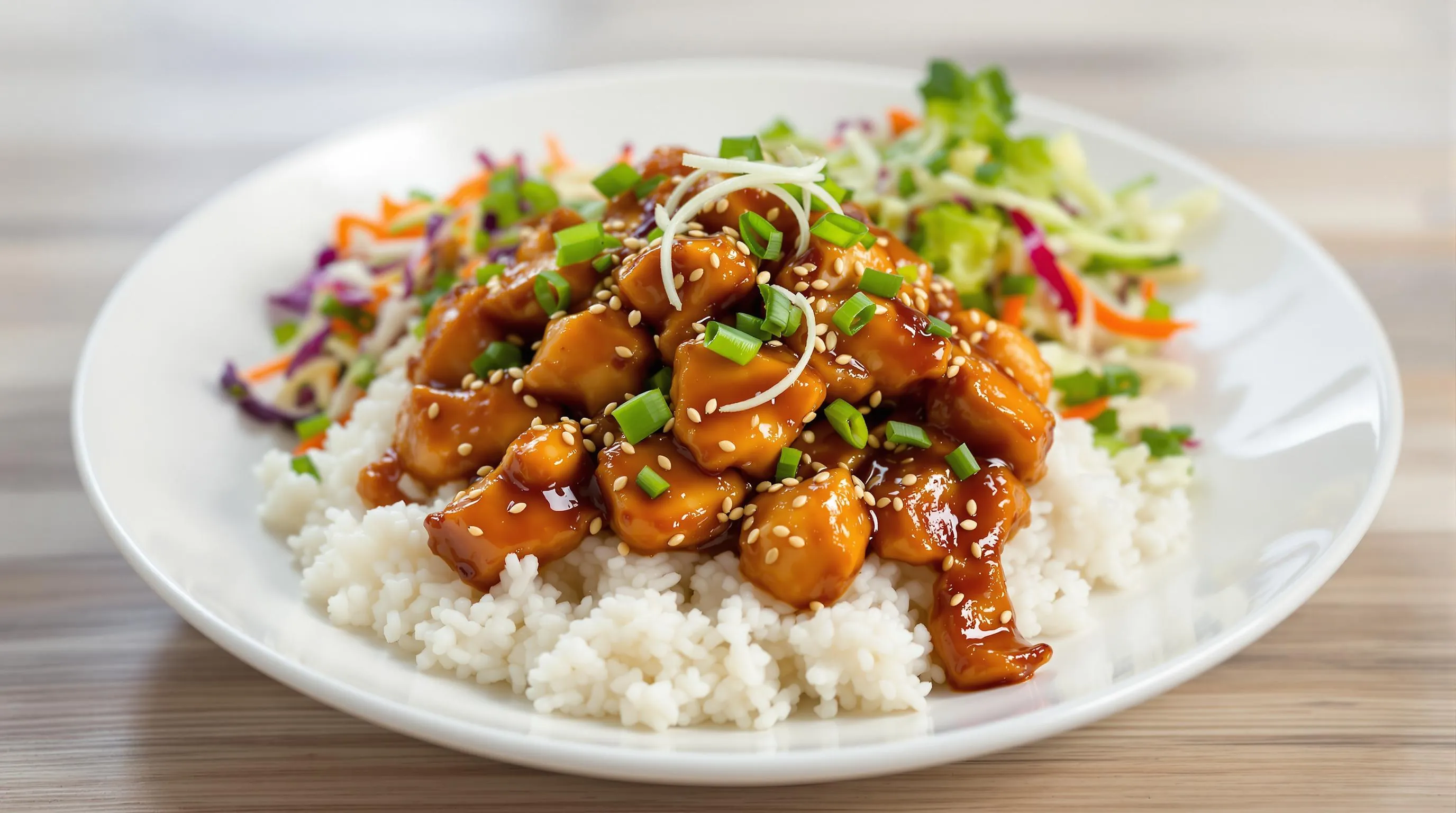
The final presentation of your Seattle teriyaki chicken transforms this beloved dish from simple takeout fare to an impressive homemade meal. Creating the full experience requires attention to both traditional accompaniments and thoughtful plating techniques.
Traditional Side Dishes
Seattle teriyaki shops traditionally serve their chicken with steamed white rice or sticky rice as the foundation of the meal. The neutral flavor and fluffy texture of plain white rice creates the perfect canvas for soaking up the sweet-savory teriyaki sauce. A simple cabbage salad often accompanies the dish, typically dressed with a light vinaigrette that cuts through the richness of the teriyaki chicken. You might also find pickled vegetables on the side, adding brightness and acidity to balance the meal.
For a more substantial spread, include steamed greens like bok choy or simple stir-fried vegetables such as broccoli, carrots, and bell peppers. These vegetable sides not only add nutritional value but also provide color contrast and textural variety to complement your teriyaki chicken. Many Seattle teriyaki enthusiasts appreciate the simplicity of these side dishes, which allow the flavorful chicken to remain the undisputed star of the meal.
Plating Tips
Present your teriyaki chicken with intention by slicing it into strips across the grain. This technique not only makes the chicken easier to eat but also showcases the juicy interior and caramelized exterior. Arrange the sliced chicken over a bed of steamed rice, allowing some pieces to cascade naturally for visual appeal.
Drizzle additional teriyaki glaze over the chicken just before serving to create an appetizing shine and enhance the flavor. The sauce should be thick enough to cling to the meat without completely soaking into the rice below. Sprinkle toasted sesame seeds across the top for a traditional garnish that adds subtle crunch and visual interest.
For a professional finishing touch, add a sprinkle of thinly sliced green onions arranged at an angle across the dish. Keep your vegetable sides colorful and simple, arranging them alongside rather than underneath the chicken to maintain their integrity. The ideal plate presents a balanced composition with the rich, glossy teriyaki chicken as the focal point, surrounded by fresh, vibrant accompaniments that provide contrasting flavors and textures.
Storing and Reheating Leftovers
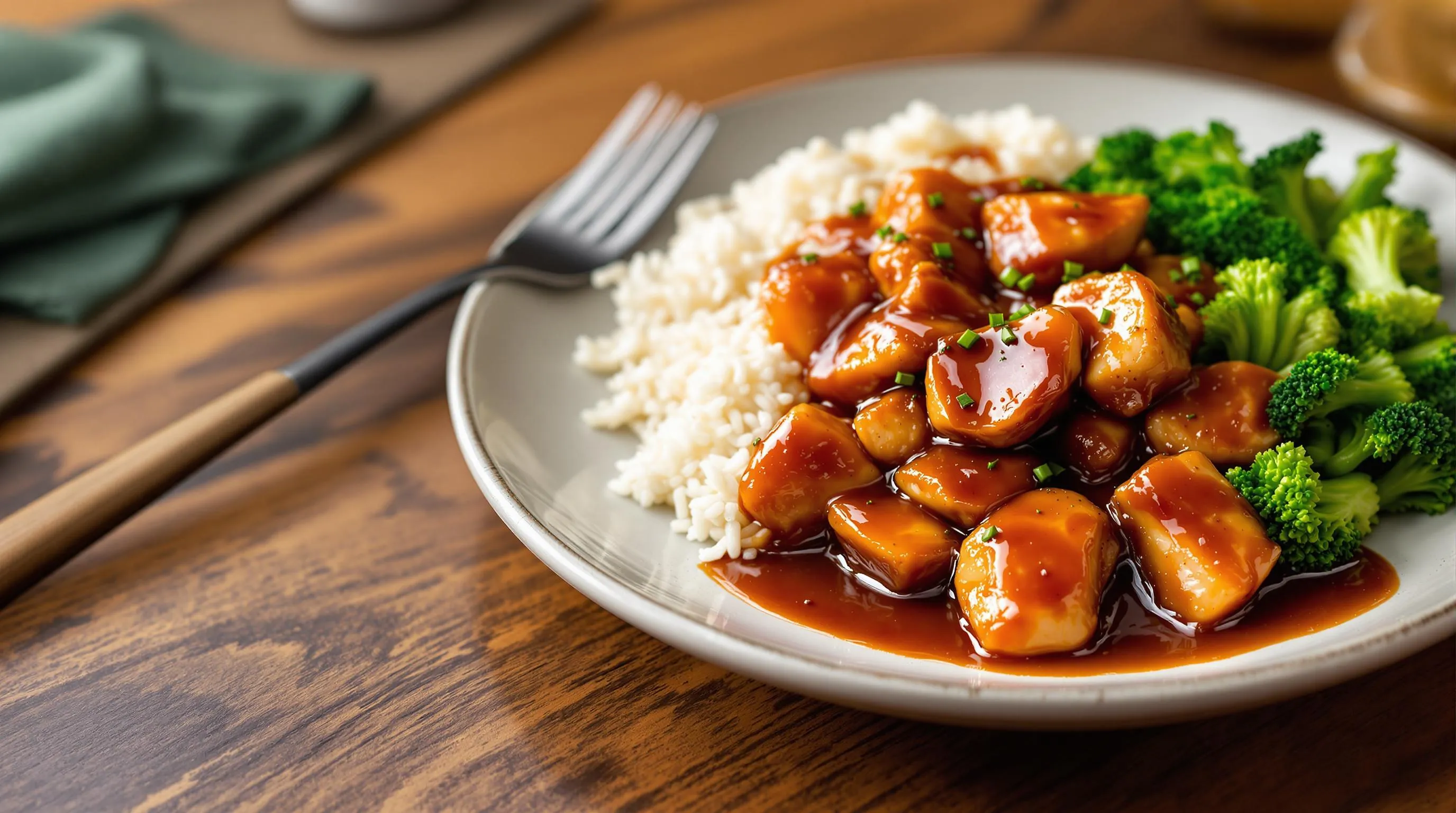
Seattle chicken teriyaki makes excellent leftovers, retaining its flavor profile even days after preparation. Proper storage and reheating techniques ensure you can enjoy this Pacific Northwest favorite multiple times from a single batch.
Refrigerating Teriyaki Chicken
Store your leftover Seattle teriyaki chicken in airtight containers to maintain freshness and prevent odor transfer. The sauce acts as a natural preservative, helping the chicken stay moist for 3-4 days in the refrigerator. Separate the chicken from rice when storing if possible, as rice tends to dry out faster than the saucy chicken. For best results, let the chicken cool completely before refrigerating to prevent condensation that could make the glaze runny.
Freezing Options
You can freeze Seattle teriyaki chicken for up to 3 months without important quality loss. Portion the chicken into meal-sized containers before freezing for easier thawing and reheating later. The sweet-savory sauce helps protect the meat from freezer burn and preserves its tender texture. Always label containers with the date to track freshness and use the oldest portions first.
Best Reheating Methods
Gently reheat your teriyaki chicken to preserve its juicy texture and prevent the meat from becoming tough. The stovetop method works exceptionally well—simply add a tablespoon of water to a skillet, place the chicken pieces in the pan, and warm over medium-low heat until heated through. This approach helps revitalize the glaze and maintain the chicken’s moisture.
Microwave reheating offers convenience but requires attention to detail. Place chicken pieces in a microwave-safe dish, add a splash of water or extra teriyaki sauce, cover loosely, and heat in 30-second intervals until warmed through. The added moisture prevents the chicken from drying out during the reheating process.
For larger portions, oven reheating at 325°F provides even warming. Cover the dish with foil to trap moisture and heat for approximately 15 minutes or until the internal temperature reaches 165°F. Remove the foil during the last few minutes to restore some of the glaze’s caramelization.
Revitalizing the Sauce
The signature Seattle teriyaki sauce may thicken considerably during storage. Thin it by adding a small amount of water, mirin, or pineapple juice while reheating. This restores the sauce’s glossy appearance and pourable consistency without diluting the distinctive flavor. Making a fresh batch of the glaze to drizzle over reheated chicken can also reinvigorate leftover portions, bringing them back to their just-made glory.
Repurposing Leftovers
Transform yesterday’s Seattle teriyaki chicken into exciting new meals. Slice cold teriyaki chicken for salads or sandwiches, adding crisp vegetables for textural contrast. Chop the chicken and incorporate it into fried rice with vegetables for a quick one-pan meal. The distinctive sweet-savory flavor of Seattle teriyaki works wonderfully in fusion applications like teriyaki chicken tacos or wraps with fresh vegetables.
Variations on Seattle Teriyaki
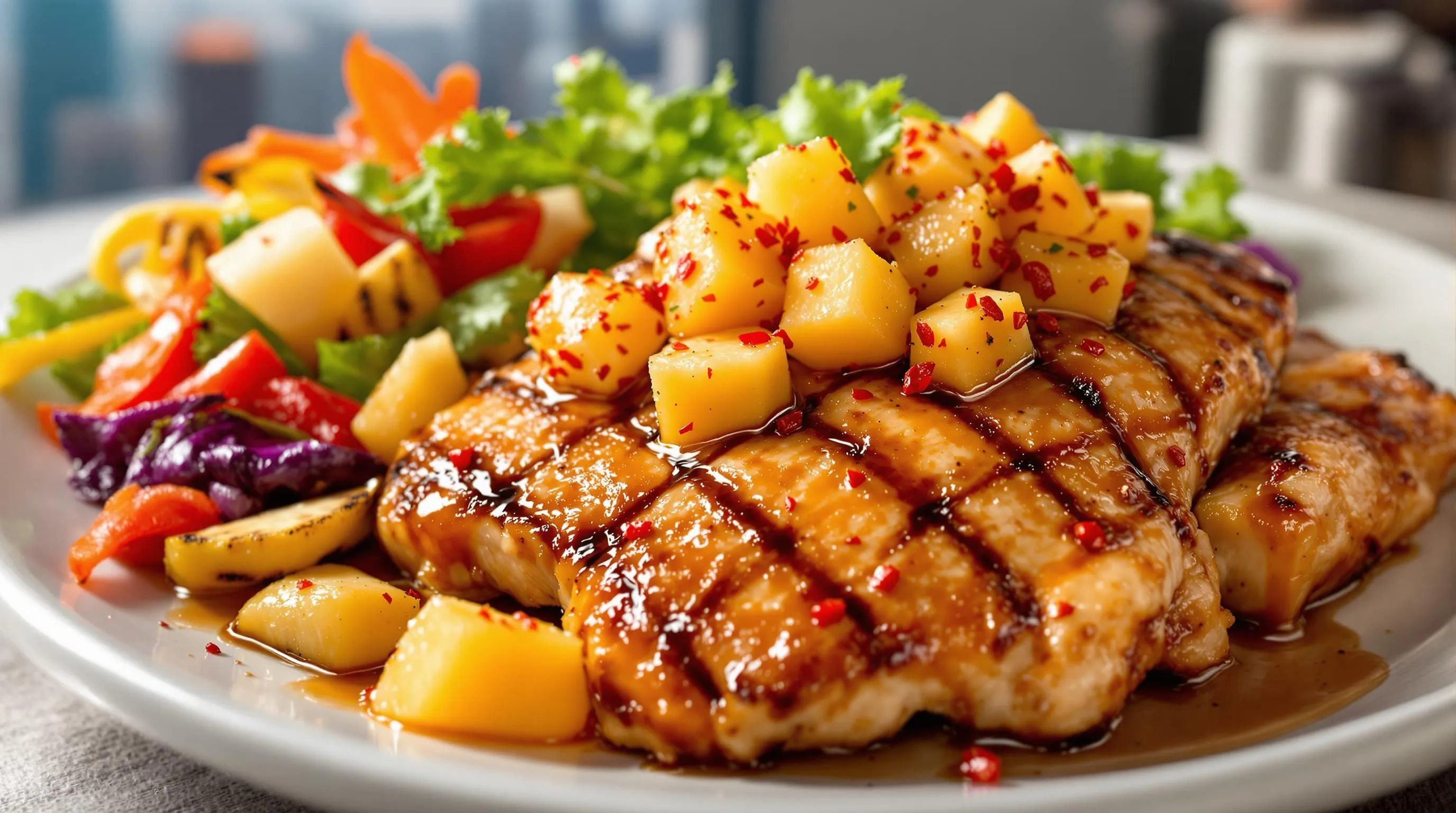
While traditional Seattle teriyaki offers incredible flavor as is, experimenting with different variations can introduce exciting new dimensions to this beloved dish. These adaptations maintain the essence of Seattle-style teriyaki while adding unique twists.
Spicy Teriyaki Option
Transform your Seattle teriyaki into a fiery delight by incorporating heat-bringing elements into the classic sweet-savory sauce. Add 1-2 teaspoons of red pepper flakes, a tablespoon of sriracha, or a teaspoon of chili paste to your marinade for a warming kick that balances perfectly with the sweetness. The spicy elements work particularly well with the garlic and ginger already present in the base recipe, creating a more complex flavor profile without overwhelming the signature teriyaki taste.
For a more customizable heat level, prepare your teriyaki sauce as normal and offer a spicy component on the side so diners can adjust to their preference. Many Seattle teriyaki shops have adopted this variation to appeal to customers seeking more adventurous flavors while maintaining the authentic sweet soy foundation that makes Seattle teriyaki so distinctive.
Pineapple Teriyaki Twist
Add a tropical dimension to your Seattle teriyaki by incorporating pineapple into the recipe. Replace half the sugar in the traditional recipe with 1/4 cup of pineapple juice to introduce a natural sweetness and subtle tang that complements the soy-based sauce beautifully. The fruity acidity cuts through the richness of the sauce while improving its caramelization properties when cooked.
For an even more pronounced pineapple flavor, add small chunks of fresh pineapple to the dish during the final minutes of cooking. This variation has gained considerable popularity across Seattle teriyaki establishments, offering a slightly less traditional but equally delicious take on the classic recipe. The combination of pineapple sweetness with the umami-rich sauce creates a perfect balance that works wonderfully with chicken thighs or breasts.
Some teriyaki enthusiasts even marinate pineapple slices in the sauce and grill them alongside the chicken for a complete tropical-inspired meal. This adaptation showcases the versatility of Seattle teriyaki sauce while maintaining its signature thickness and sweet-savory character that distinguishes it from traditional Japanese versions.
The History Behind Seattle’s Teriyaki Scene
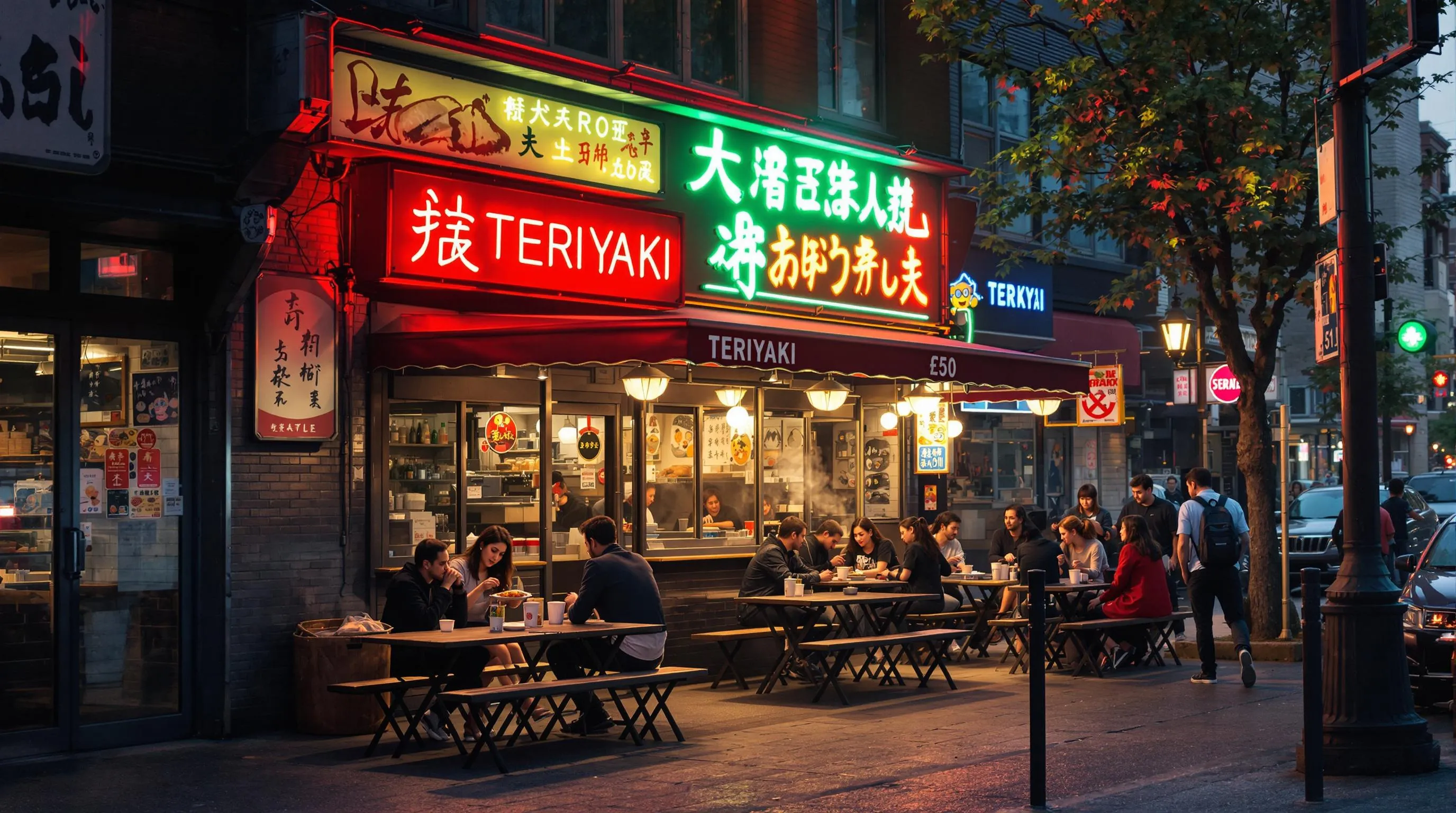
Seattle’s love affair with teriyaki began in the 1970s when Japanese immigrants brought their culinary traditions to the Pacific Northwest and adapted them to local tastes. The undisputed pioneer of this movement was Toshi Kasahara who opened Toshi’s Teriyaki Grill in 1976 and earned the title “godfather of teriyaki in Seattle.” His innovative approach forever changed the city’s food industry and established a regional style that would become iconic.
Toshi’s restaurants popularized a exact presentation that remains the hallmark of Seattle teriyaki to this day. The dish typically features grilled chicken glazed with a sweet-savory sauce served over short-grain rice alongside a simple cabbage slaw. This combination is traditionally presented in a three-compartment container that has become synonymous with Seattle teriyaki takeout.
What truly distinguishes Seattle-style teriyaki sauce is the use of freshly grated ginger. This bright ingredient helps mellow any strong chicken flavors while creating a distinctive taste profile that balances sweetness with savory umami notes. The sauce’s irresistible flavor has made it widely imitated across North America but rarely duplicated with the same authenticity.
The cultural impact of teriyaki in Seattle cannot be overstated. By the mid-1990s the city boasted over 175 teriyaki restaurants solidifying its reputation as America’s teriyaki capital. This rapid expansion wasn’t solely driven by Japanese culinary influence—various Asian ethnic groups contributed to the evolution of Seattle’s teriyaki scene with Korean flavors playing a particularly important role in shaping the regional style.
Teriyaki restaurants in Seattle typically follow a similar format: modest storefronts offering affordable hearty meals that appeal to students workers and families alike. The accessibility and value proposition of these establishments helped teriyaki become deeply embedded in Seattle’s food culture where it remains a beloved staple even though the city’s evolving culinary industry.
The significance of Seattle teriyaki extends beyond just being a popular food choice. It represents a successful cultural adaptation that transformed a traditional Japanese cooking technique into something uniquely American while still honoring its origins. This culinary evolution mirrors Seattle’s history as a diverse port city where different cultural influences have always mingled to create something new and distinctive.
Conclusion
Now you’re ready to bring authentic Seattle chicken teriyaki right to your kitchen. This iconic dish with its perfect balance of sweet and savory flavors represents more than just a meal—it’s a taste of Pacific Northwest culinary history.
Whether you grill broil or bake your marinated chicken thighs the key lies in that glossy caramelized glaze and overnight marination. Don’t forget the traditional sides of short-grain rice and simple cabbage slaw to complete your Seattle teriyaki experience.
Try making this beloved dish on a rainy day when you need comfort food or share it with friends for a taste of Seattle’s diverse culinary heritage. With this recipe you’ll understand why locals have made teriyaki shops a cornerstone of Seattle’s food culture for decades.
